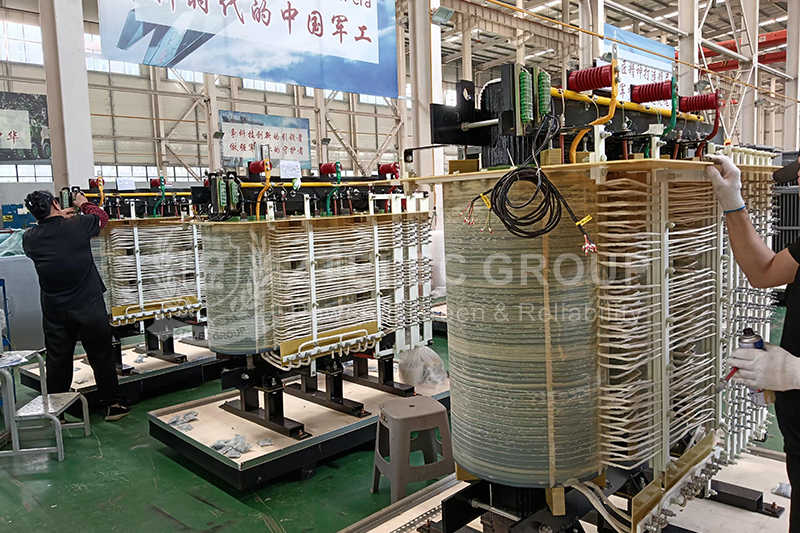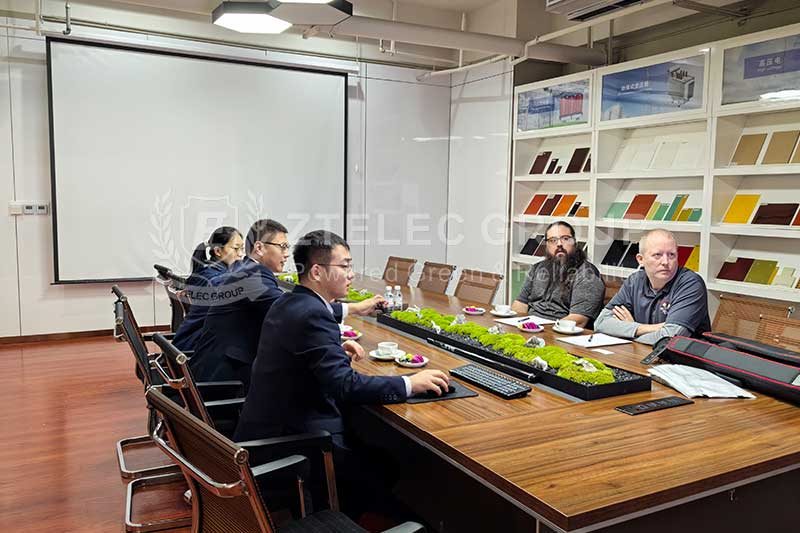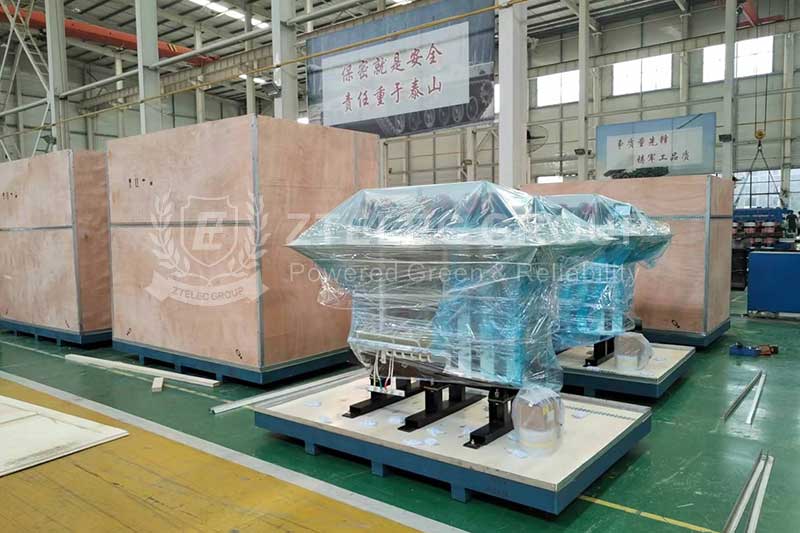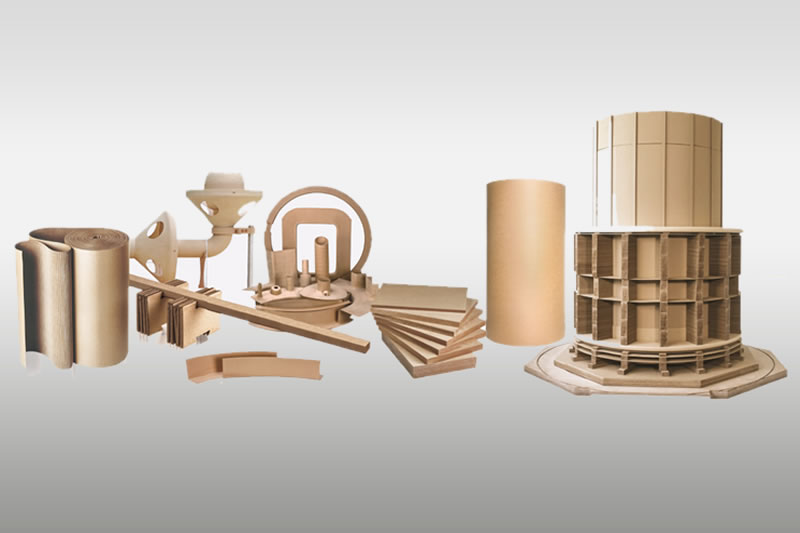The Impact of Dry-Type Transformer Protection Ratings on Price
Dry-type transformers are widely used in modern electrical systems due to their oil-free insulation, enhanced safety, and low maintenance requirements. Unlike oil-immersed transformers, they are commonly installed in commercial buildings, industrial plants, and renewable energy stations. However, one often-overlooked factor that significantly affects both functionality and cost is the transformer's IP (Ingress Protection) rating. This article explains how different IP protection ratings influence the design and price of dry-type transformers.
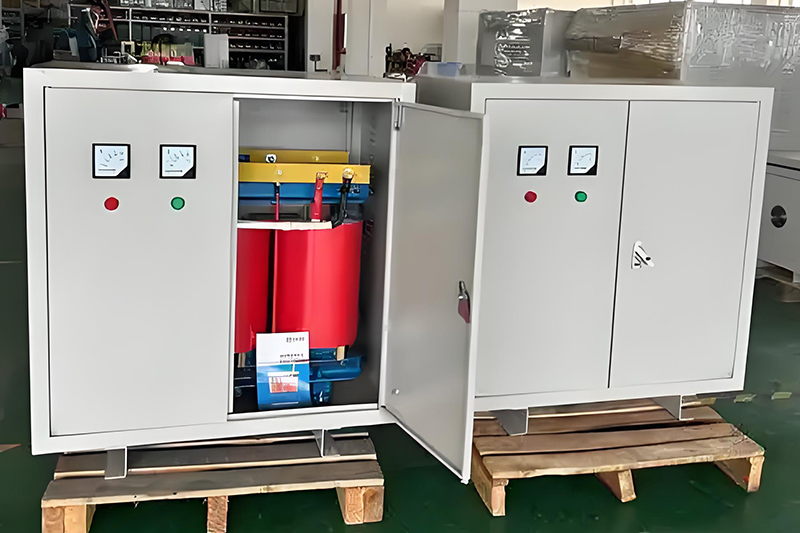
What Is the Protection Rating of a Dry-Type Transformer?
A transformer’s IP rating indicates its resistance to the ingress of solids (like dust or wires) and liquids (like rain or spray). The standard is defined by the IEC 60529 system, where the IP rating is composed of two digits:
• First digit: Protection against solid objects (e.g., 1 = 50 mm+, 5 = dust-protected, 6 = dust-tight)
• Second digit: Protection against water (e.g., 1 = dripping water, 5 = water jets)
Common IP Ratings and Their Meanings
IP20: Protects against solid objects >12.5mm (e.g., fingers), but not water-resistant. Common in office building distribution rooms.
IP23: Offers IP20 protection plus water spray resistance up to 60° from vertical. Ideal for high-humidity indoor environments.
IP30: Protects against tools and small parts >2.5mm. No water protection. Suitable for dry, dust-free interiors.
IP40: Blocks small solid objects >1mm, provides basic dust resistance. Often used in light industrial spaces.
IP55: Fully dust-tight and resists water jets from all directions. Designed for outdoor or corrosive environments.
How Does the Protection Level Affect Dry-Type Transformer Price?
The price of a dry-type transformer depends not only on capacity and brand but also heavily on its IP protection rating. Higher ratings require more complex designs, advanced materials, and additional components, which directly impact the cost. Here’s how:
1. Enclosure Material and Structure
Transformer enclosures are the primary factor in determining protection level:
• Low-IP (IP20/IP30): Basic enclosures use cold-rolled steel or open-frame design. Minimal sealing reduces material and labor costs.
• High-IP (IP55): Requires stainless steel or specially coated materials, sealing gaskets, filters, and corrosion-resistant components—significantly increasing cost and complexity.
2. Heat Dissipation Design
Higher protection levels restrict airflow, requiring specialized cooling systems:
• Low-IP: Air can flow directly through open structures, allowing natural cooling with no added cost.
• High-IP: Requires forced air ventilation, built-in fans, and expanded heat sinks to maintain operating temperatures, increasing manufacturing cost.
3. Manufacturing Process Complexity
High-IP transformers demand stricter quality control and more advanced production steps:
• Precision welding and sealing to meet waterproof and dustproof requirements.
• Surface treatments like galvanizing, painting, or passivation for corrosion resistance.
• Specialized testing such as spray and dust ingress trials, increasing production time and labor cost.
4. Additional Components and Accessories
High-IP dry-type transformers may also require environmental protection accessories:
• Anti-condensation heaters for high-humidity environments
• Temperature monitoring systems for sealed enclosures
• Pressure-relief valves to equalize internal pressure and prevent deformation
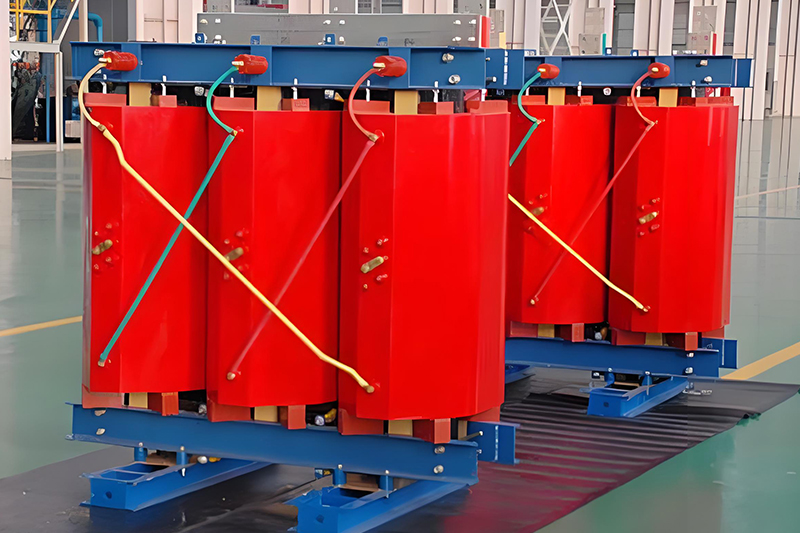
Price Comparison by IP Rating (Estimated Range)
For the same capacity (e.g., 1000kVA), protection rating has a measurable impact on final pricing. Below is an approximate comparison:
• IP00/IP20: Entry-level open design, most economical
• IP23: Adds water spray resistance — price increases by 5–10%
• IP44/IP45: Dust and splash protection — price increases by 15–25%
• IP55: Fully enclosed, outdoor-grade — price increases by 30–50%+
Note: These percentages vary depending on brand, region, material sourcing, and optional features.
How to Choose the Right IP Rating for Your Transformer?
Choosing the correct IP level ensures safety, stability, and cost-efficiency. The highest rating is not always necessary. Consider the following scenarios:
• Indoor, clean environment: IP20 or IP30 offers cost-effective protection for building electrical rooms.
• Indoor, humid or dusty: IP23 or IP44 is better suited for garages, basements, or light manufacturing.
• Outdoor or harsh industrial: IP55+ is essential for mining, cement, or coastal areas where dust and water exposure are severe.
Properly matching the IP rating to your working environment helps avoid over-specification costs while ensuring reliable operation and reducing long-term maintenance.
Frequently Asked Questions (FAQ)
Q1: Is a higher IP rating always better for dry-type transformers?
No. Higher IP ratings improve protection but also raise costs. Select the level based on actual environmental risks and installation location.
Q2: Can IP55 dry-type transformers be installed outdoors?
Yes. IP55-rated transformers are fully protected against dust and water jets, making them suitable for most outdoor installations.
Q3: How do I know which IP rating my project needs?
Assess environmental factors like humidity, dust, exposure to rain, and whether the unit is indoors or outdoors. Consult with your transformer supplier for specific recommendations.
Dry-type transformer protection ratings have a significant impact on price, performance, and long-term reliability. Understanding the trade-offs between different IP ratings helps project engineers, facility managers, and procurement teams make informed decisions. By balancing protection level with installation needs, you can reduce costs while ensuring safe, long-term operation of your transformer system.
- more+releated article
- 2025-12-13How to Select and Use Phenolic Cloth-base Lami
- 2025-12-13How Much Does Bakelite Sheet Cost? 2025 Price
- 2025-12-13Why are most 3240 epoxy boards yellow?
- 2025-12-13What are the Main Applications of FR4 Epoxy Bo
- 2025-12-13Why Does the Price of Insulating Paperboard Va
- 2025-12-13Heat-Resistant DDP Insulation Paper
- 2025-12-13Comparison of Heat-Resistant DDP Insulating Pa
- 2025-12-13G10 and FR4 Epoxy Boards: Commonly Used for Ge
- 2025-12-13The Price of Heat-Resistant DDP Insulation Pap
- 2025-12-13How to Choose Epoxy Laminate Materials for Gen

